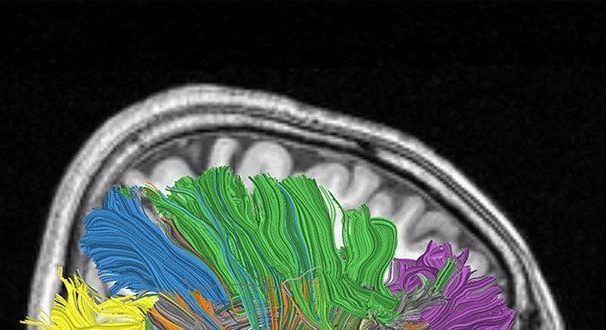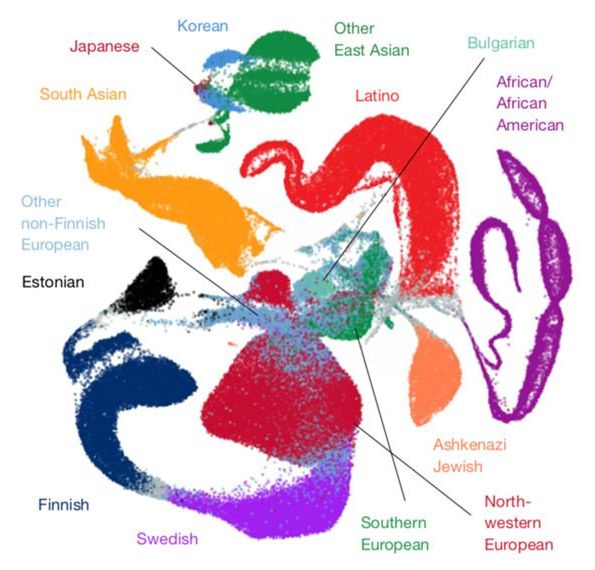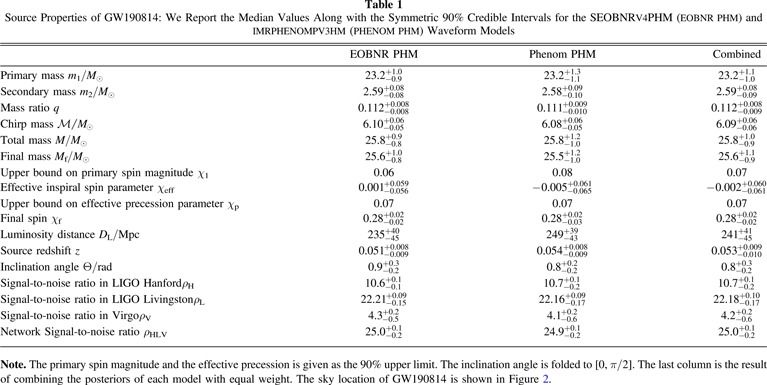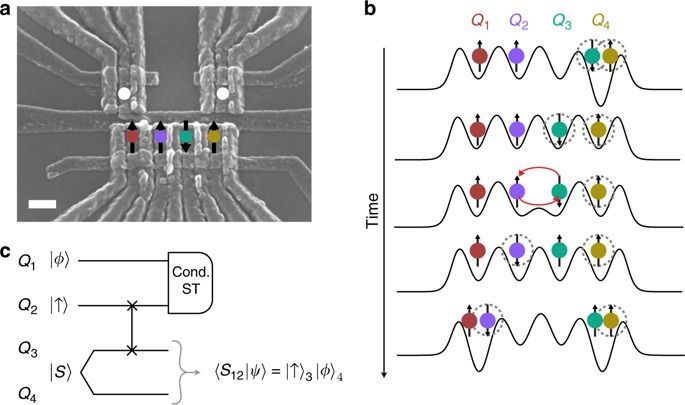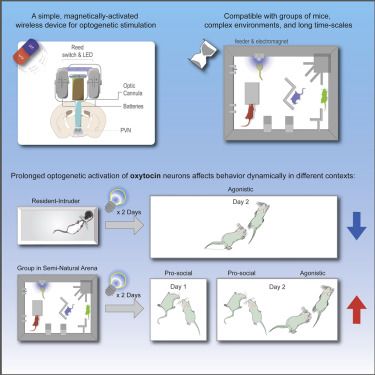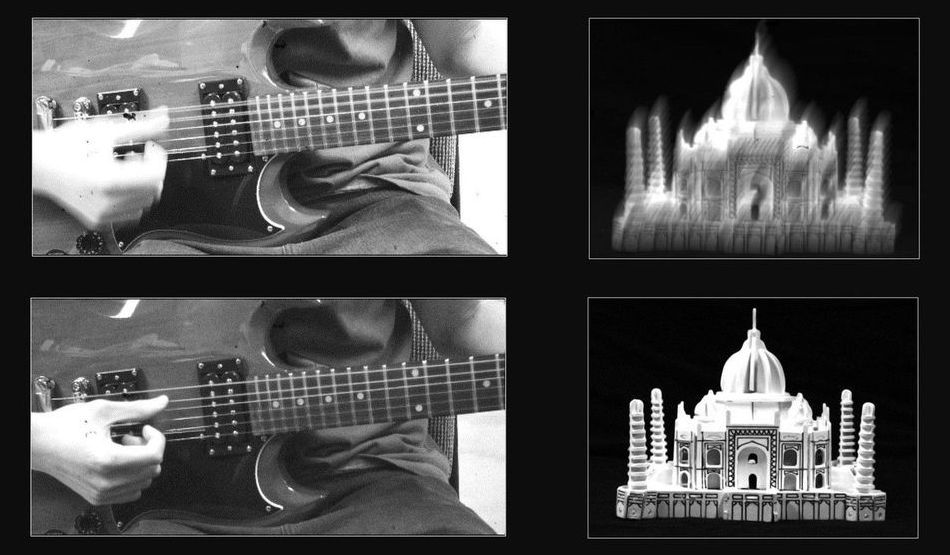Taking a cross-country roadtrip in your electric vehicle is a little more feasible thanks to Electrify America. Its first coast to coast EV fast charging route is now complete, and the company plans to have another route finished by September. The routes provide high-powered chargers to all EV brands, and on average, the stations are spaced about 70 miles apart, so EV owners can travel beyond a single charge without being stranded.
The first route stretches over 2,700 miles from Washington DC to Los Angeles. It follows Interstates 15 and 70 and passes through 11 states. The second route will connect Jacksonville and San Diego.

